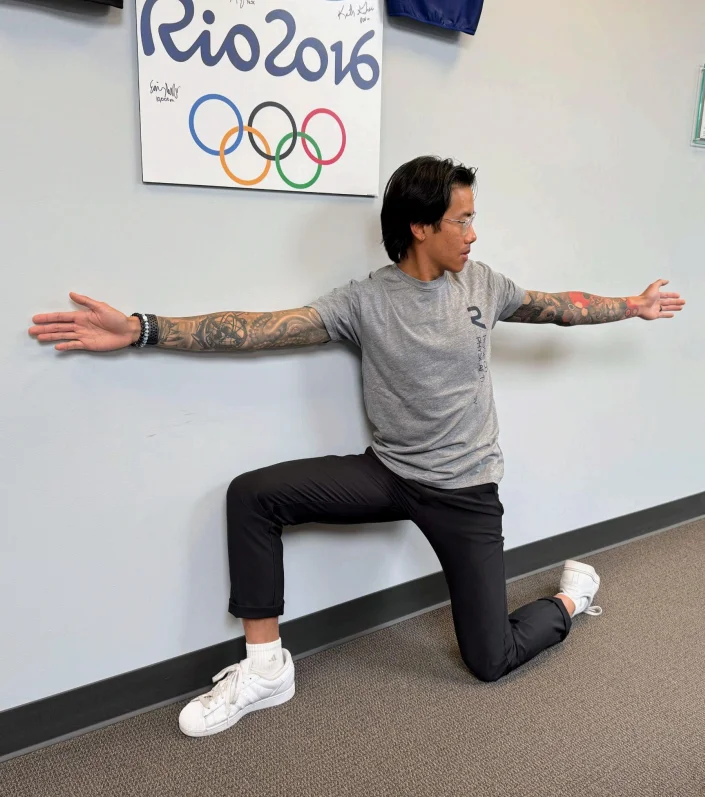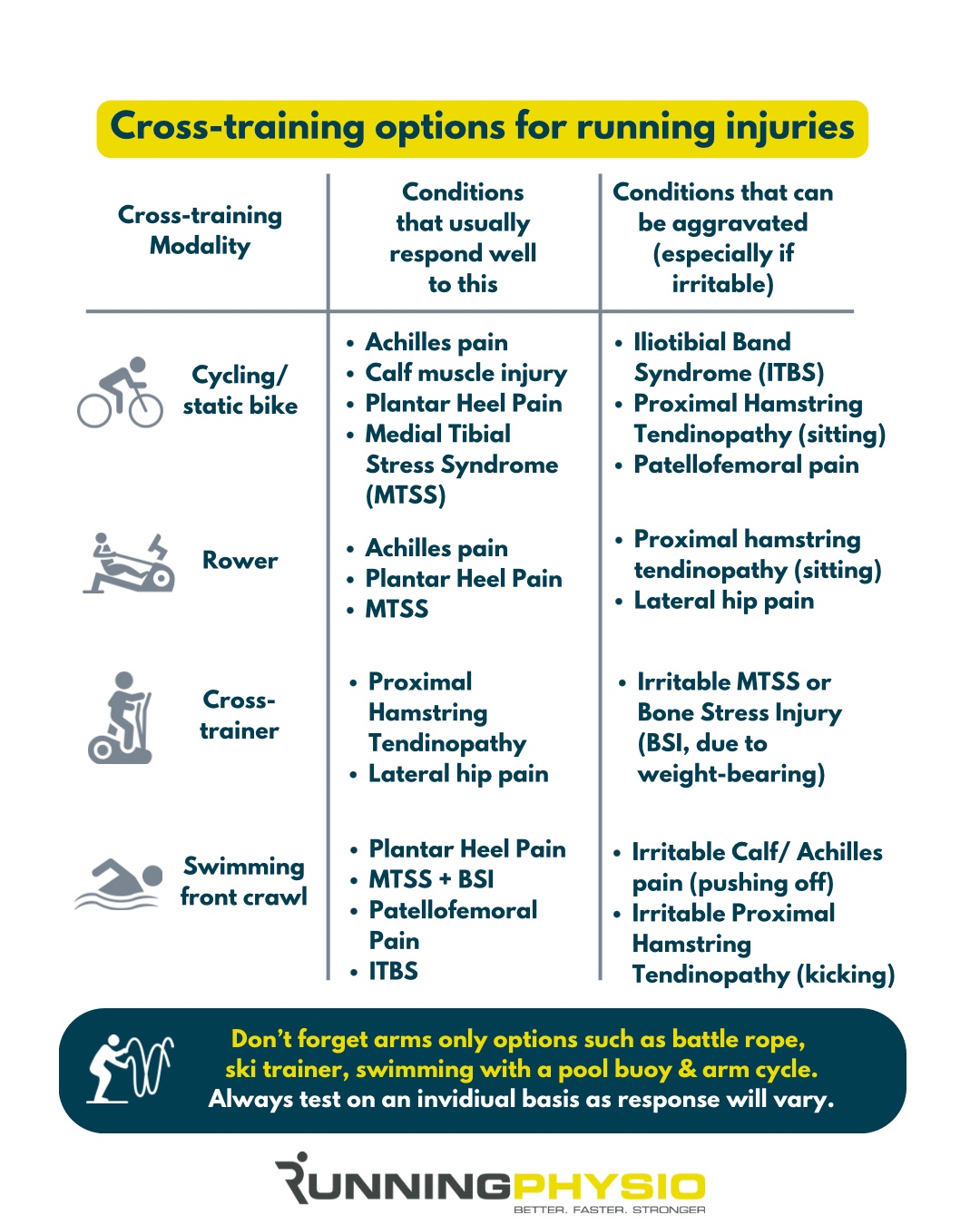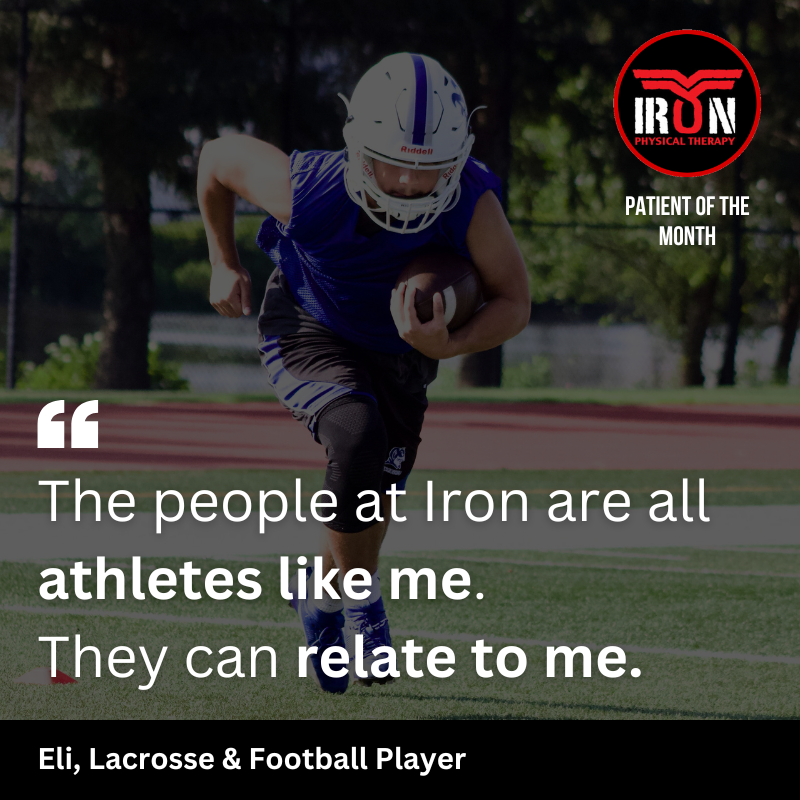Swimming is a great full-body workout and one of the most popular recreational and competitive sports. But as swimming gains popularity, so do overuse injuries, especially in the shoulders.
What Is Swimmer’s Shoulder?
Swimmer’s shoulder refers to issues in the shoulder caused by repetitive movements and overuse. Competitive swimmers can move their arms up to 30,000 times a week, often swimming up to 50 miles or more. That’s a lot of stress on the shoulder joint!
The shoulder is a ball-and-socket joint, made up of three prominent bones:
- The scapula (shoulder blade)
- The humerus (upper arm bone)
- The clavicle (collarbone)
It’s a very mobile joint, which helps swimmers move freely, but it’s also naturally unstable. That’s where the rotator cuff comes in. This group of muscles maintains the shoulder’s stability and contributes to all four swimming strokes: freestyle, backstroke, breaststroke, and butterfly.
Even though swimmers train in all strokes, most of their time is spent swimming freestyle.
What Causes Swimmer’s Shoulder?
Several factors can contribute to shoulder pain in swimmers. These fall into two groups:
Intrinsic (Inside the Body) Factors:
- Weak or fatigued rotator cuff muscles
- Imbalance between the internal and external shoulder rotation range of motion
- Poor core and trunk stability
- Weakness in shoulder or back endurance
When shoulder muscles become tired, they can’t perform their job effectively. This can lead to impingement, where tendons get pinched inside the joint.
Extrinsic (Outside the Body) Factors:
- Poor technique (like incorrect hand entry)
- Not warming up properly before practice
- Swimming more than 15-20 hours per week
- Past shoulder injuries
- High training loads without proper rest
Research shows that swimmers who log over 21 miles a week are four times more likely to develop shoulder tendon problems, especially in the supraspinatus tendon, one of the rotator cuff muscles.









